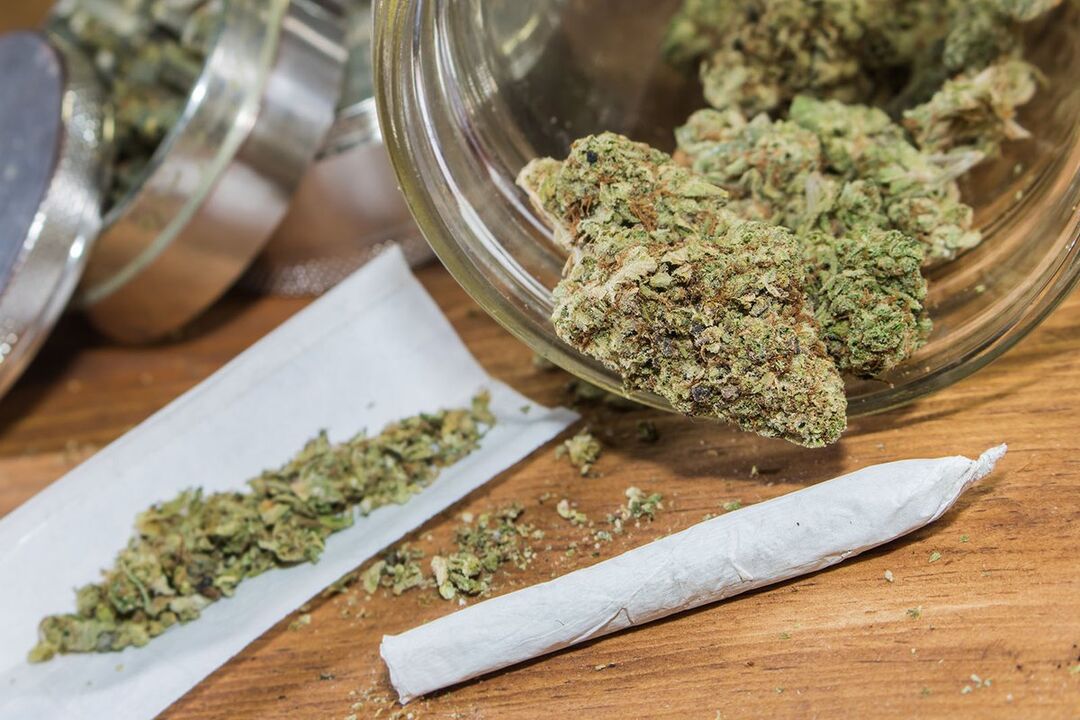Different ways of smoking weed have their own different characteristics and can potentially produce different effects.

One of the most common and easiest ways to smoke weed is with rolling papers. The grass is usually cut into small pieces by hand, which are then placed on paper. The cigarette is then rolled and sealed with a tongue or cigarette rolling device.
Another way to smoke weed is to use a bong or kettle. The grass is placed in a special compartment and then heated with fire or electrical energy. This creates an airway through the water that cools the smoke and protects the lungs.
Regardless of how you smoke weed, it is important to remember that consumption has health implications and can cause a variety of physical and psychological effects. If you're thinking about using weed, it's important to educate yourself about the possible effects and be able to make responsible decisions.
Smoking weed: methods and consequences
Rolled cigarettes. For this method you need to purchase dry grass and special paper. The herb should be chopped and carefully wrapped in paper, after which it can be smoked. This method is the most accessible, but also the most harmful, since with cigarette paper it is impossible to control the quantity and quality of the substance.
Bongs and water pipes. These are devices specifically designed for smoking weed. They allow for a softer smoke and better filtering of the substance. However, when smoking with bongs and hookahs, the substance can have a powerful effect as the smoke flowing through the water increases its concentration.
Evaporator. This method involves heating the herb to a specific temperature at which it vaporizes rather than burning. Vaporizers are considered less harmful because they avoid burning substances, thus reducing the amount of toxins.
Regardless of the type of smoking, consuming weed can have a number of effects on the body. Uncontrolled consumption of weed can lead to the following problems:
- Increased sensitivity to viral infections;
- problems with memory and concentration;
- irritation of the respiratory tract and cough;
- Mental health issues such as anxiety, depression and paranoia.
In addition, the use of weed can lead to physical and psychological dependence, which can represent a serious obstacle to normal life and social adaptation.
Popular methods of smoking weed and their features
Water smoking device: This smoking method uses special equipment such as a water pipe or a bong. The herb is burned at the top of the device, then the smoke passes through water and cools. At the same time, the water filters and softens the smoke, making smoking more pleasant.
Vaping: This is a method of vaporizing weed using an e-cigarette or vape. The grass is heated to a certain temperature at which evaporation occurs rather than burning. This will give you aromatic vapor and get rid of many harmful substances that are usually produced when smoking.
Foods with added grass: Herbs can be used not only for smoking, but also for preparing special dishes and drinks. The herb can be added to hemp oil or infusion and then used in cooking. This type of smoking does not affect the lungs, but can produce psychoactive effects at a certain amount.
Herbal plasters and creams: This method of smoking weed is different from the previous ones because the smoke is not inhaled. Instead, the herb is used to make patches or creams that are applied to the skin. Herbal patches and creams can help treat pain or inflammation.
It is important to remember that each of these methods has its own characteristics and possible consequences. When deciding how to smoke weed, you should consider your own preferences as well as your health and personality.
The effects of smoking weed on the human body and its consequences
Smoking weed can have a negative effect on the human body and cause serious consequences for its health. One of the herb's main active ingredients is THC (tetrahydrocannabinol), which has a psychoactive effect on the brain. After inhaling smoke or consuming weed in other forms, THC quickly enters the bloodstream and spreads throughout the body.
The effects of smoking weed can be both short-term and long-term. Short-term effects may include changes in cognition, memory loss, poor motor coordination, and speech impairment. Additionally, smoking weed can lead to apathy, depression, and paranoia.
Long-term and regular use of the herb can lead to various consequences. It can negatively affect the brain and impair its development, especially in teenagers and young adults. Smoking weed can also affect the lungs and respiratory system, leading to chronic coughing, poor lung function, and an increased risk of respiratory illnesses.
Smoking weed can also cause spinal problems, including back and neck pain, and weaken the body's immune function, making a person more susceptible to infections and illnesses.
Additionally, smoking weed can lead to mental health problems, including an increased risk of developing mental disorders such as schizophrenia and anxiety disorders.
Overall, smoking weed has many negative effects on the human body and can cause various diseases and health problems.























